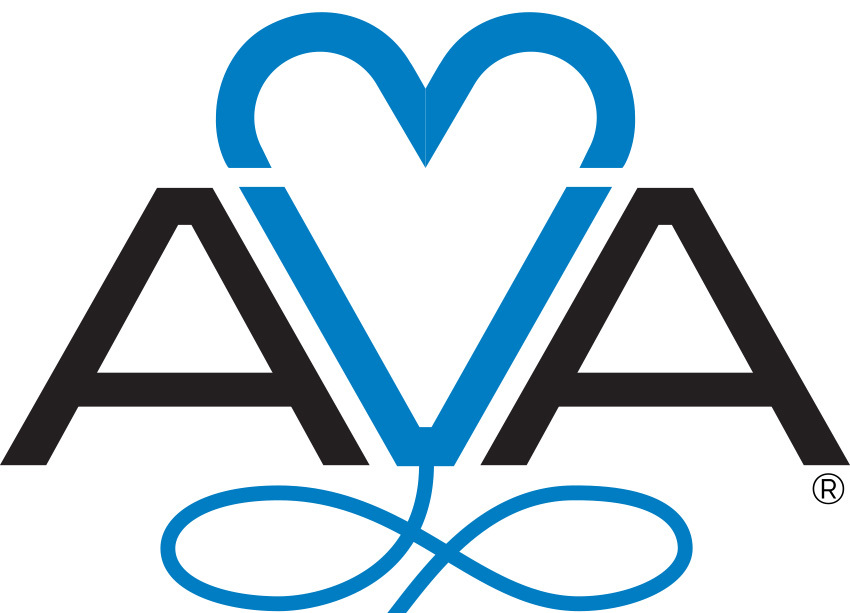Distal Ulnar Approach in the Palmar Artery for Coronary Angiography and Intervention: Safety, Feasibility, and Reliability in 15 Patients
The distal ulnar palmar approach for both coronary angiography and intervention was safe, feasible, and reliable in our case series of 15 consecutive patients. The distal ulnar palmar approach was not a technical limitation for coronary angiography and interventional procedures in our cohort of patients. Further studies are needed to understand the potential benefits for patients and avoid medical futility. Background: Transradial and translunar approaches, associated with fewer bleeding and vascular complications than transfemoral access, have been adopted and increasingly utilized following a “radial-first strategy.” Approaches that are innovative and more distal than standard radial approaches are available, even if their clinical utility is under debate. At the price of a more difficult puncture and risk of access failure, there are possible ergonomic advantages, with lower risk of upstream artery occlusion and shorter hemostasis. Aim: The study was aimed at proving the preliminary feasibility, safety, and reliability of the right distal ulnar palmar approach in 15 consecutive patients. Results: In 15 out of the 17 patients enrolled, the distal ulnar access in the palmar artery was feasible, safe, and reliable. The diameter of the distal ulnar artery was greater than that of the distal radial in the anatomical snuff box. There were no significant complications. Conclusion: The distal ulnar palmar approach for both coronary angiography and intervention was safe, feasible, and reliable. It was not a limitation for coronary angiography and interventional procedures in our cohort of patientsHighlights
Abstract

Schematic pattern of arterial supply of the hand. In 4, the superficial palmar arch, in 8, the deep palmar branch of radial artery (anatomical snuff box).

PreludeEase Sheath in the distal ulnar palmar artery.

Distal ulnar cannulation in the palmar artery and ulnar angiography. A needle resting on the skin was placed to indicate the puncture sites. All 15 ulnar angiographies are available in the video (see Supplementary Video S1).

Two pieces of folded gauze are fixed on the puncture site (A) with two crossed strips of the adhesive elastic bandage (B and C); more gauze is folded to form a cylinder and is placed on top with few more turns of cohesive elastic bandage.
Contributor Notes
